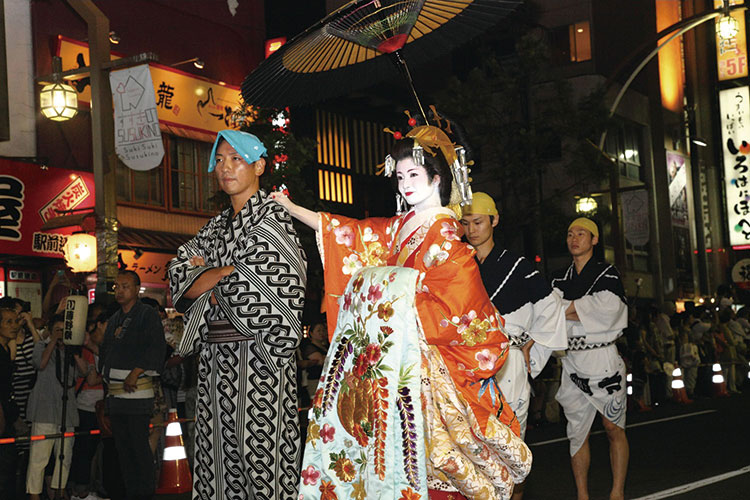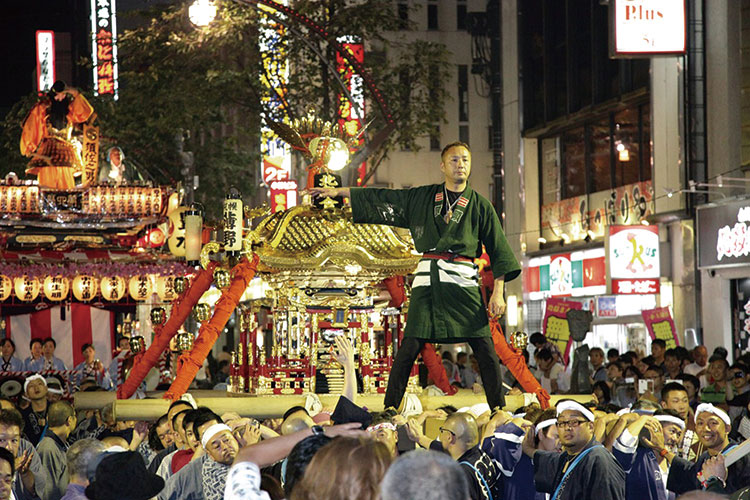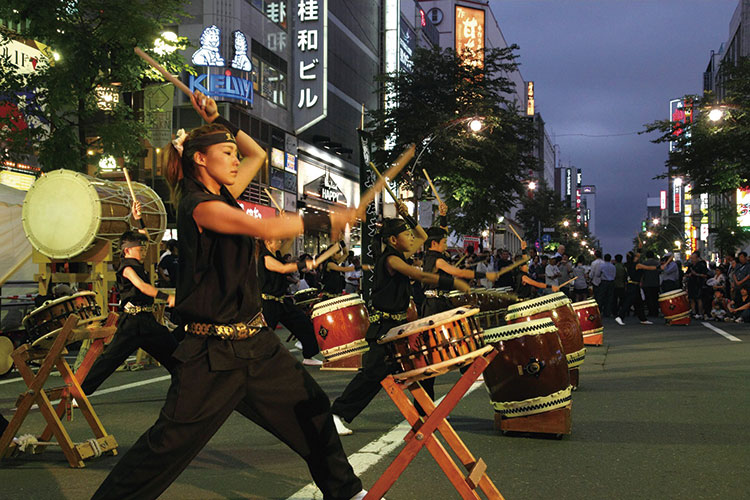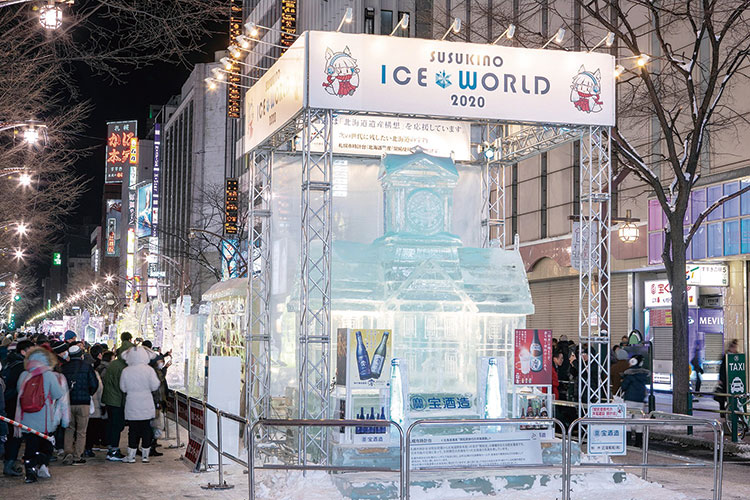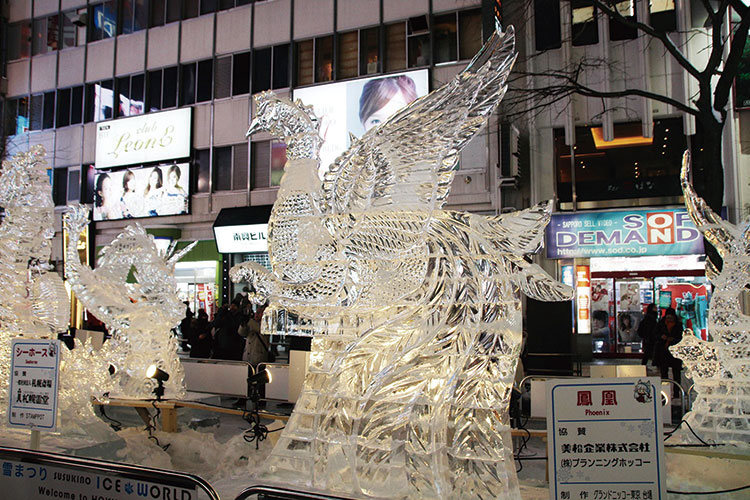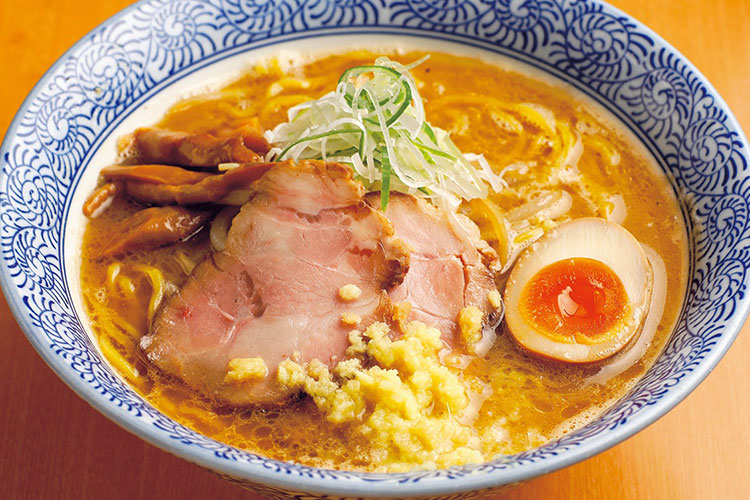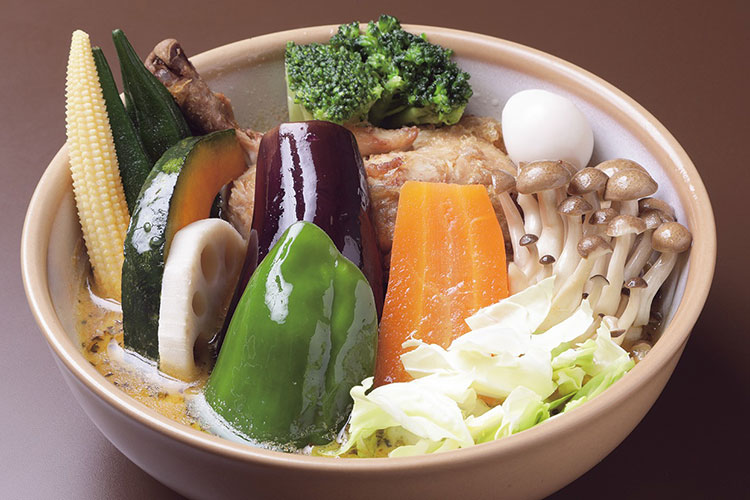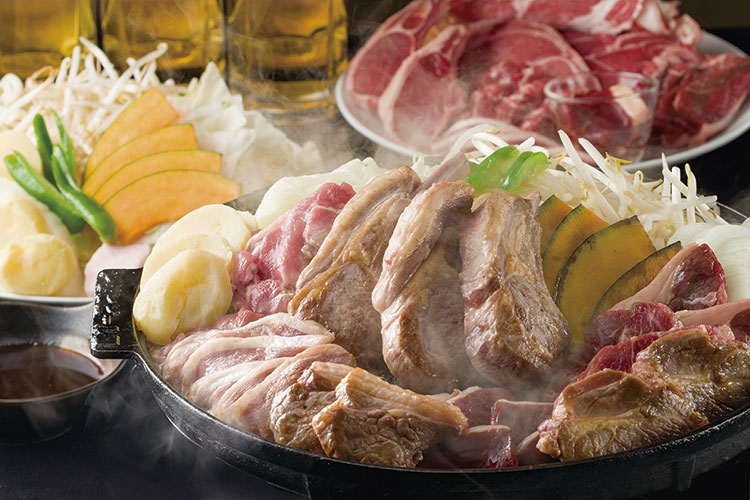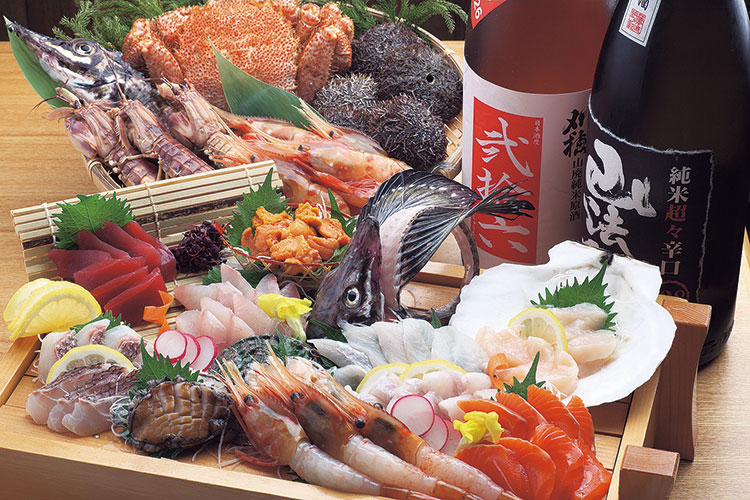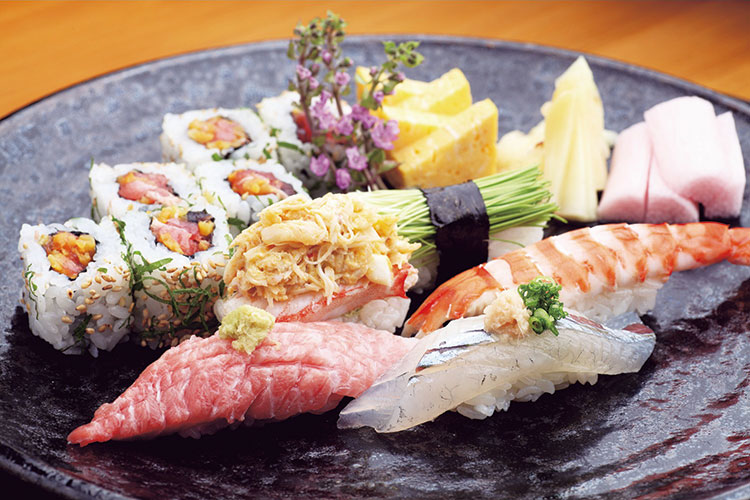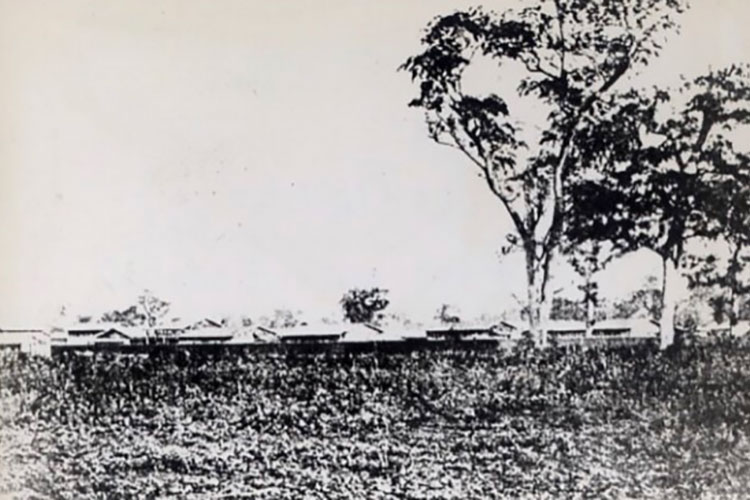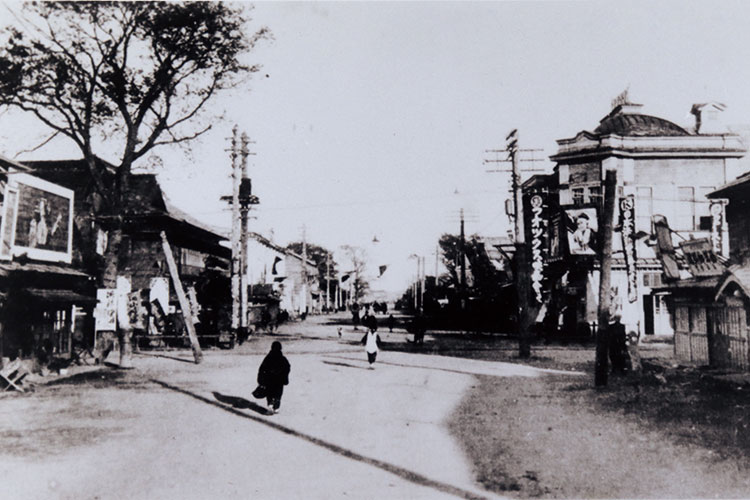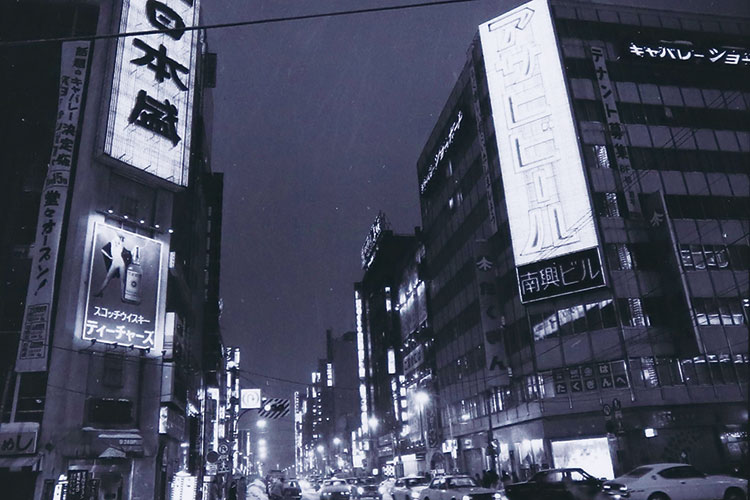
About Susukino
Susukino, the largest entertainment district north of Kanto, is known by various names such as Susukino, Susukino, and Susukino, and although it is used as a station name for subways and trams, it is not an official place name. Furthermore, the precise definition of this area is unclear, but it is generally considered to be in the range of Chuo-ku South 3-8, West 1-6.Before the COVID-19 pandemic, there were more than 4,000 restaurants and entertainment establishments in Susukino. Currently, there are around 3,500, but new businesses are gradually increasing. Susukino is known for its good safety, and a distinctive feature is that restaurants and entertainment establishments often operate in the same building. Near Susukino Intersection, there is also a Susukino Police Box. In recent years, due to the construction of many hotels in Susukino, there is a trend for tourists to stay in Susukino and enjoy dining and entertainment until late at night. While it used to have the image of a place for salarymen and middle-aged men, recently, younger men and women have been increasing, and the atmosphere and image of the city are changing.
There are many volunteer organizations in this city with the aim of ensuring safety and revitalization, such as the Susukino Tourism Association, the Clean Susukino Promotion Council, the Susukino Yakuza Exclusion Model Building Council, and the Sapporo Susukino Building Association. They work together with the Hokkaido Police and the Sapporo City to maintain safety and promote tourism. However, it is still a fact that there are "touters" and "rip-off shops," so it is safe to check the store information on SNS or Susukino Communication before using a store you visit for the first time.
Susukino's Two Major Events
Susukino Festival
Held every year for three days from Thursday to Saturday in the first week of August, the 60th edition is scheduled for 2024. In addition to traditional events such as the Oiran Dochu parade held on the first day, impressive mikoshi (portable shrine) processions, and taiko drum performances, the festival features various shows including Yosakoi Soran dance and musical performances and dances on stage. During the festival, the streets become pedestrian zones every evening, with around 90 food stalls selling items like yakitori and oden.Susukino Ice World
Held for eight days from the first Sunday to the second Sunday of February each year, it serves as the Susukino venue for the Sapporo Snow Festival, attracting tourists from around the world. Approximately 60 ice sculptures are created on the main street, with a sculpture competition taking place as well. Skilled chefs, mainly from hotel restaurants, who are members of the Japan Ice Sculpture Association, create highly detailed and dazzling ice sculptures.Susukino Specialty Dishe
Ramen,soup curry,and Genghis Khan (grilled mutton) are dishes you can enjoy at any restaurant, with consistently high quality. Seafood dishes,particularly sushi restaurants,abound,featuring fresh seafood from Hokkaido. Whether it's budget-friendly or high-end dining, you're sure to find a restaurant that suits your preferences.Susukino's History Begins with a Red-Light District
In 1869, the Meiji government established the Development Agency to promote the development of Hokkaido, and it was about 150 years ago that Ezo was renamed Hokkaido. At the time, the Development Agency called in laborers from the mainland to engage in city development to cultivate the untouched wilderness. The number of laborers was in the tens of thousands. However, despite gathering so many people, a problem arose: there was no entertainment, and there were very few people who settled down. In the harsh environment, many were expected to flee. Gradually, public safety deteriorated, and crimes against women became rampant.In the midst of this, in 1871, bureaucrat Iwamura Michitoshi, who was assigned to Hokkaido, believed that the only solution to the simultaneous problems of the lack of entertainment and sexual crimes was to establish a red-light district. First, he brought "Tokyo-rou" to Susukino (near the current South 6th Street West 3-chome), inviting many prostitutes from Tokyo. From there, the red-light district rapidly expanded to the current South 4-5 Streets and West 3-4 blocks. When Sapporo Station Street, which ran from the former Development Agency headquarters north of the current Red Brick Building to Susukino, opened, a parade of prostitutes and geisha reminiscent of Oiran Dochu parades took place on a grand scale. The first-class tatami room in the red-light district cost only 1 yen and 50 sen for room rent alone. Including sake and candy expenses, it cost about 2 yen for one night. At that time, 1 yen was considered to have the value of about 20,000 yen today.
Prostitutes worked as indentured servants, and there were hardly any opportunities for them to return to their hometowns even after working for a certain number of years. The rate of completing their indentured service was low, and most of them ended their lives in the red-light district. As a remembrance of the prostitutes of that time, there are still engraved wooden fences and gateposts with the names of geisha such as "Takasagorou" and "Shougetsurou" in the precincts of Toyokawa Inari Shrine (South 7th Street West 4-chome), among other things.
The Foundation of an Entertainment District
In the late Taisho period, as the economy improved, the population of Sapporo increased, and as a result, the red-light district in Susukino was relocated outside Susukino. Large restaurants and other establishments were established in the locations where the red-light district used to be. Leading figures from Japan's political and business world, including Hirobumi Ito, visited Sapporo one after another to enjoy the night and engage in political and business discussions. Afterward, restaurants, cafes, bars, and other eateries began to spring up, and two theaters (cinemas) called "Bimanjukan" and "Nishitaza" were newly established. The foundation of today's neon streets in Susukino seems to have begun to take root in the late Taisho period, after the relocation of the red-light district.As we entered the Showa era, the number of eateries continued to increase. Around 1930, there were about 450 cafes and bars in Sapporo City, more than twice the number of restaurants, and the majority of them were concentrated in Susukino. There were also about 800 female waitresses (equivalent to today's hostesses), and the population of Susukino increased dramatically. They succeeded in attracting ordinary customers, and Susukino established itself as a leading entertainment district in northern Japan.
Urban Development in the Modern Era
In the 1960s and 1970s, with the Winter Olympics approaching, many urban facilities were developed to support the city's growth. Beginning with the widening of Ekimae-dori Street, the construction of the Subway Namboku Line, and the creation of underground malls, dynamic construction took place, and buildings were built one after another. The focus was on turning storefronts into buildings, mainly along Ekimae-dori Street, forming the cityscape we see today. This led to an explosive increase in the number of eateries such as izakayas, snack bars, and clubs.In the late 1980s and 1990s, Susukino, which was booming during the bubble economy, is said to have had over 5,000 restaurants, and there are still many "urban legends" told about this time. The demand for buildings increased even further, and they became larger, taller, and underwent safety measures such as fire and crime prevention. Thus, buildings began to play a social role in the development of Susukino and Sapporo.
In 2020, despite facing the COVID-19 pandemic, there was a construction boom of hotels in Susukino, and vacant lots and parking lots between buildings gradually transformed. Furthermore, the "Sapporo-Susukino Station Complex Development" began, and on the site of the former Susukino Lafayette (South 4th Street West 4-chome), the large-scale complex facility "COCONO SUSUKINO," consisting of hotels, a cinema complex, and commercial stores, opened on November 30, 2023. The Susukino Police Box was also rebuilt, and the cityscape of Susukino is undergoing significant changes.


